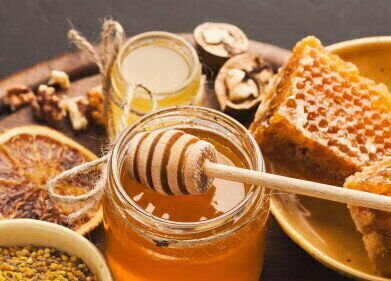LC-MS
How to Boost Bread Shelf Life with Bacteria
May 21 2016
One would be forgiven for thinking that finding bacteria in a loaf of bread would be a bad thing for the shelf life of the bread itself — never mind the general health of those who consume it. However, a new study from Spain has shown that a certain type of bacteria could be beneficial in helping to preserve bread for longer — meaning the mountain of bread thrown away each year could be reduced.
Conducted by the Laboratory of Food Chemistry and Toxicology at the University of Valencia in Spain, the study — published in Food Control — tested different strains of bacteria against a test loaf, and found that two of the strains helped to inhibit and delay fungal growth in the test bread batches — extending the bread’s shelf life by up to four days. So how do you make your daily bread last longer?
Baking bacteria into the bread
The research team used a standard recipe for baking bread — using 400g of flour, 3g of sugar, 6g of salt, 20g of yeast and half a litre of water. Seven loaves were baked in total, including one without any bacteria added to it — this acted as a control loaf and a yardstick to compare the adulterated loaves against.
The test loaves had one of the following types of bacteria added to them during the baking process:
- Lactobacillus johnsoni
- Lactobacillus rhamnosus (CECT 288)
- Lactobacillus ruminis
- Bifidobacterium bifidum
- Lactobacillus bulgaris
- Lactobacillus plantarum
After baking, the loaves were incubated and tested periodically for fungal growth using liquid chromatography coupled with mass spectrometry (LC-MS). Though the first four strains of bacteria did not exhibit any more anti-fungal properties than those shown in the control loaf (which began showing signs of growth after five days of testing), the final two both had a positive influence on extending the shelf life. L. bulgaris prevented the growth of fungus until the eighth day, while L. plantarum delayed the appearance of fungus until the ninth.
The aflatoxin content was reduced in the six bacteria-infused samples. Using LC-MS, the samples showed a drop in aflatoxin levels by anywhere between 84.1% and 99.9%, depending on the strain in question. Clearly, the injection of LAB into the baking process has held beneficial results for the robustness and shelf life of bread.
Aflatoxins — cancer inducing molds
Aflatoxins are naturally occurring chemicals that are made by molds — including Aspergillus parasiticus, one of the molds used in the bread study to produce aflatoxin. Alfatoxins can be extremely dangerous when they enter the food chain — particularly to children who have a lower tolerance towards them. The testing of food stuffs for aflatoxins is therefore of great importance. LC-MS is a commonly used technique in their detection as discussed in the article, Sensitive Femtogram Determination of Aflatoxins B1, B2, G1 and G2 in Food Matrices using Triple Quadrupole LC/MS.
Now if I can only find bacteria to make the bread in my wallet go further…
Events
Apr 22 2025 Kintex, South Korea
Analytica Anacon India & IndiaLabExpo
Apr 23 2025 Mumbai, India
Apr 27 2025 Portland, OR, USA
May 11 2025 Vienna, Austria
May 18 2025 Tempe. AZ, USA












